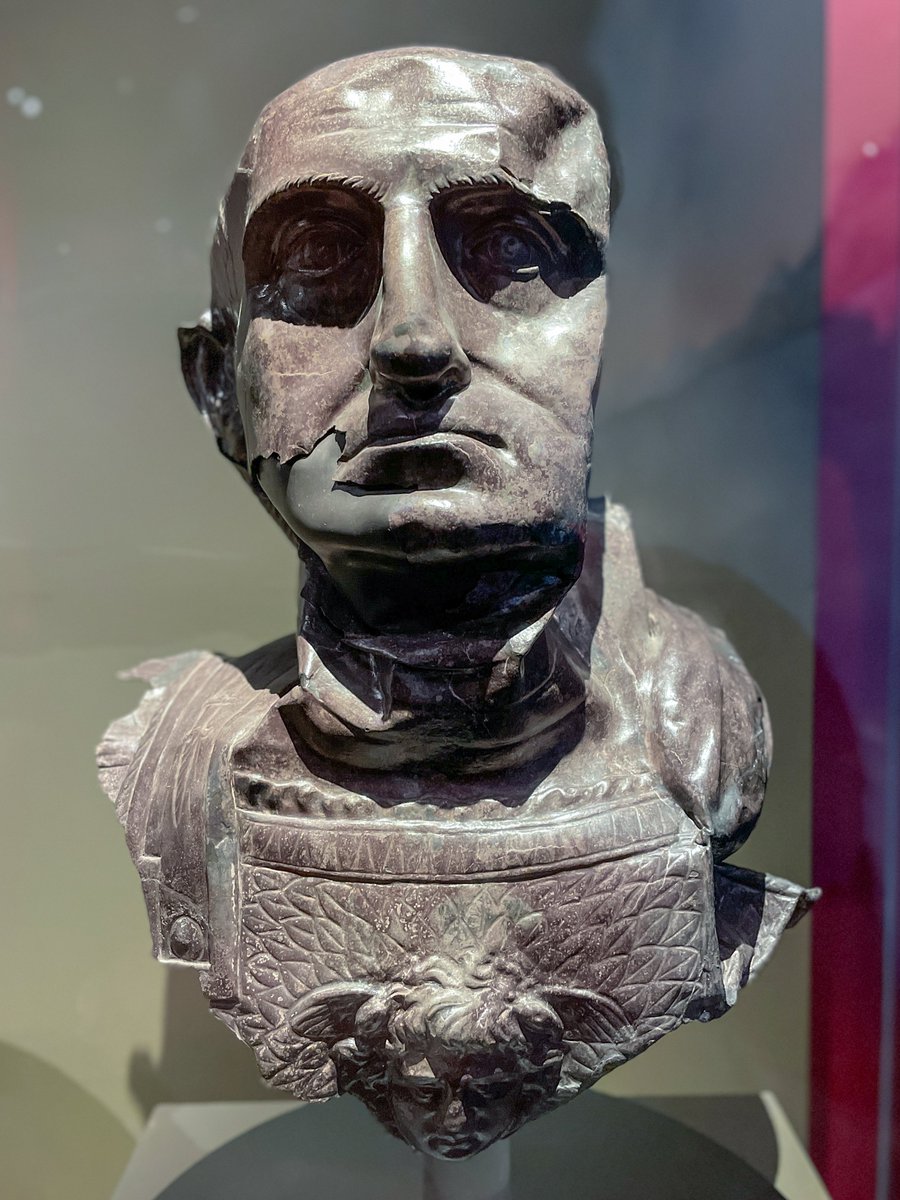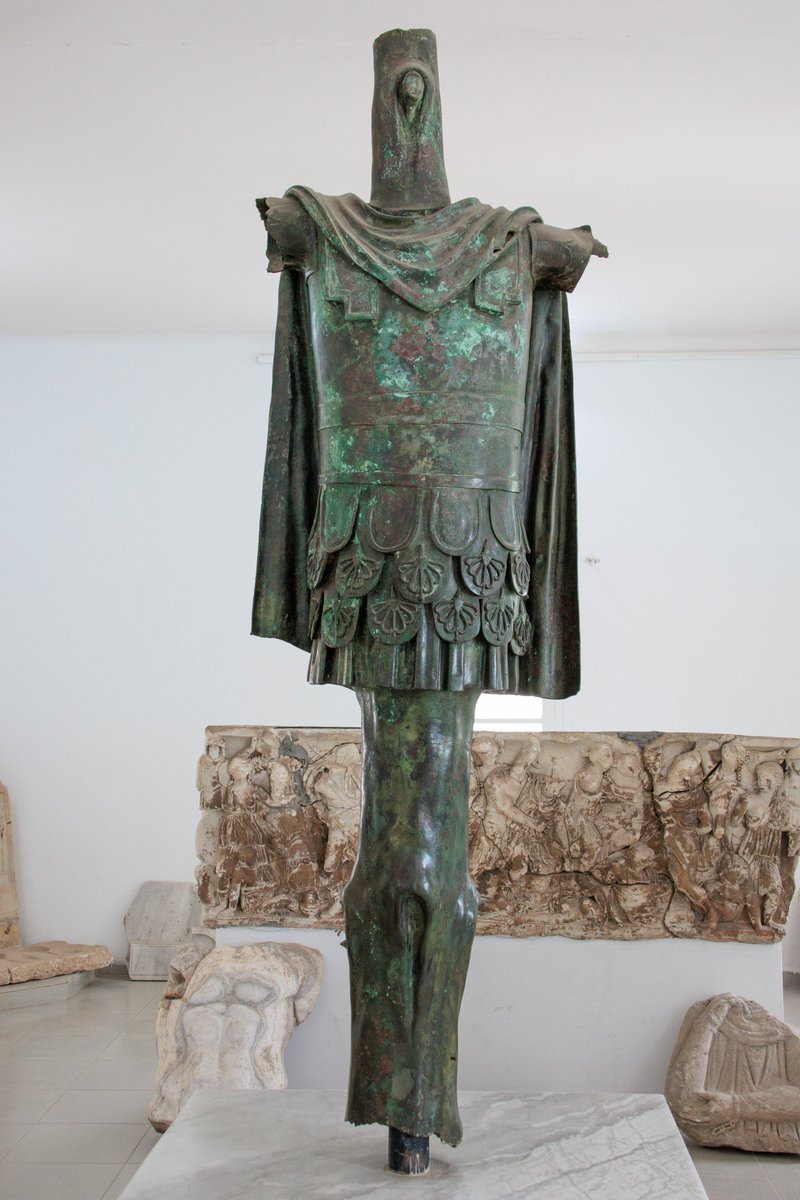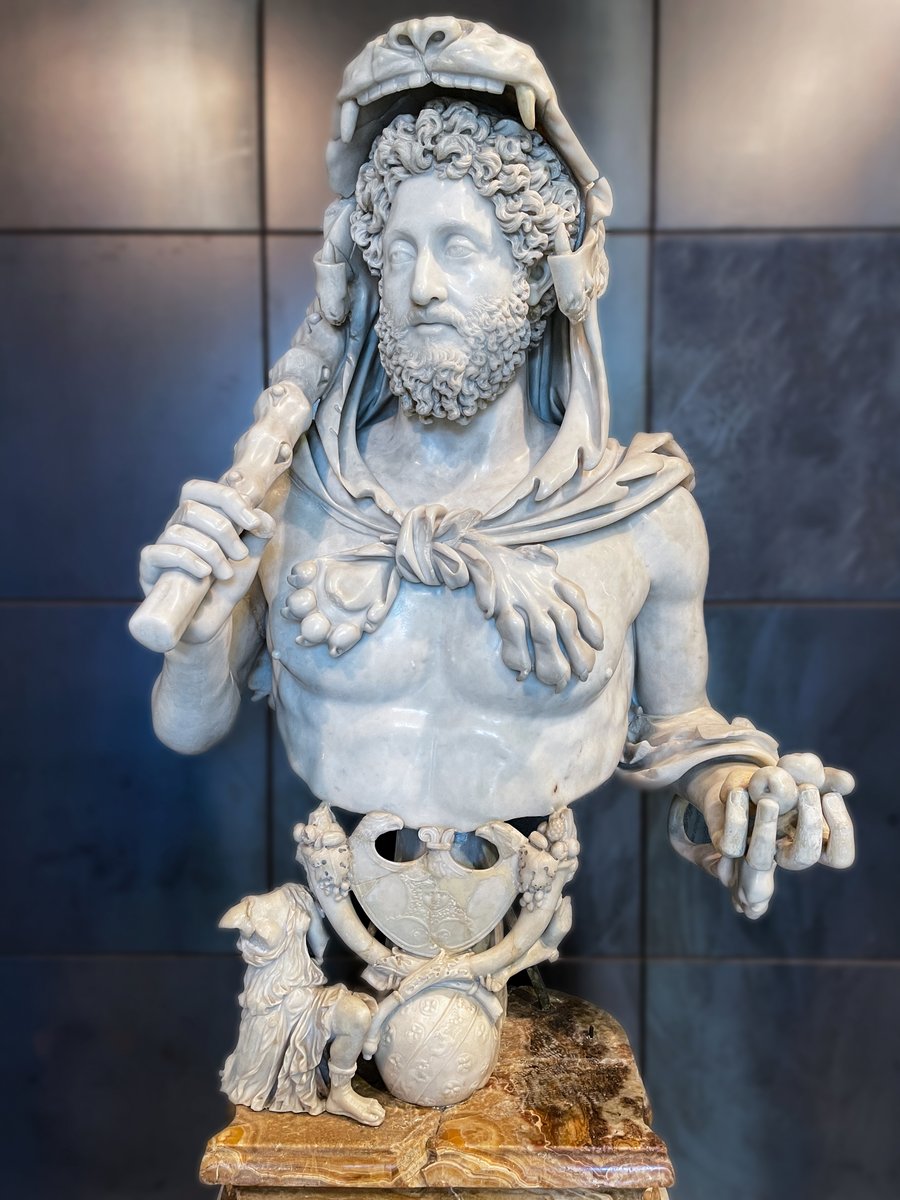1) A stranger than fiction Roman ring mystery thread: this enigmatic Roman gold ring was found in a ploughed field near Silchester in 1785. The square bezel has a portrait of the pagan goddess Venus, inscribed backwards SUNEV for use as a signet ring by the owner. Curiously... 
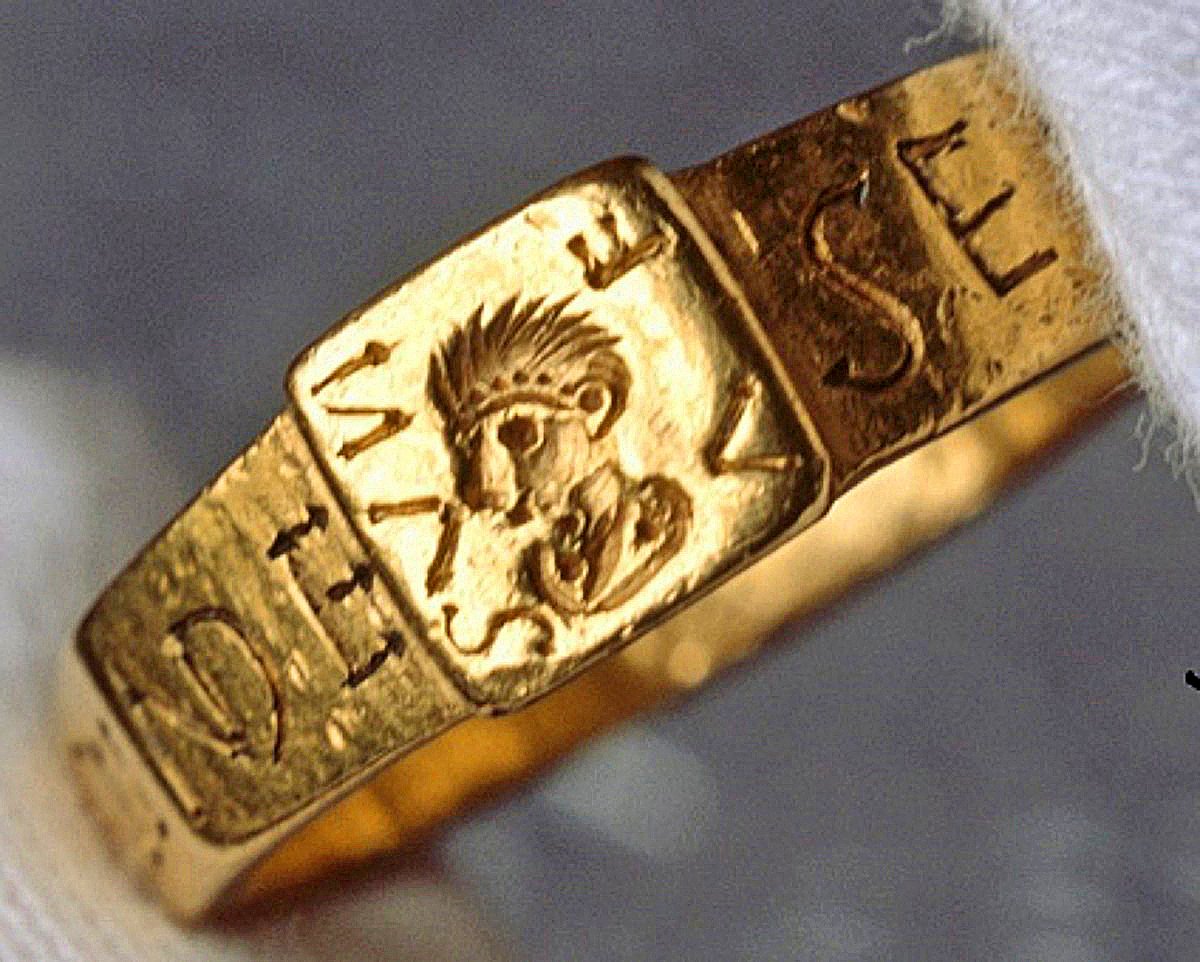
2) ...around the ten-sided ring is crudely inscribed the identity of a later Christian owner, "Senicianus" who it proclaims with spelling errors "lives in god" (vivas in deo). A ring passing from pagan to Christian hands - certainly possible in the 4th century - but remarkably... 
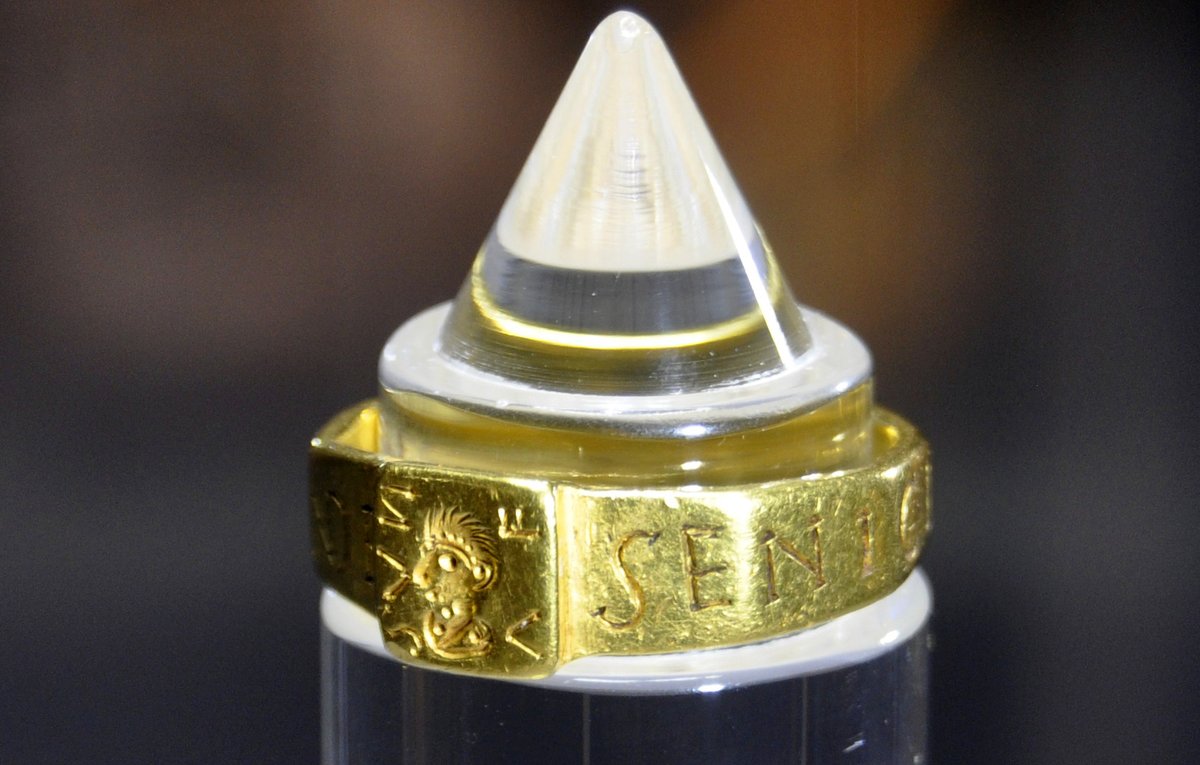
3)... at a temple to the mysterious British god “Nodens” 80 miles away in Lydney, Gloucestershire, a lead curse tablet (defixio) was later discovered. On the tablet a man named “Silvianus” complains that his gold ring was stolen and he suspects “Senicianus” was the culprit! ... 


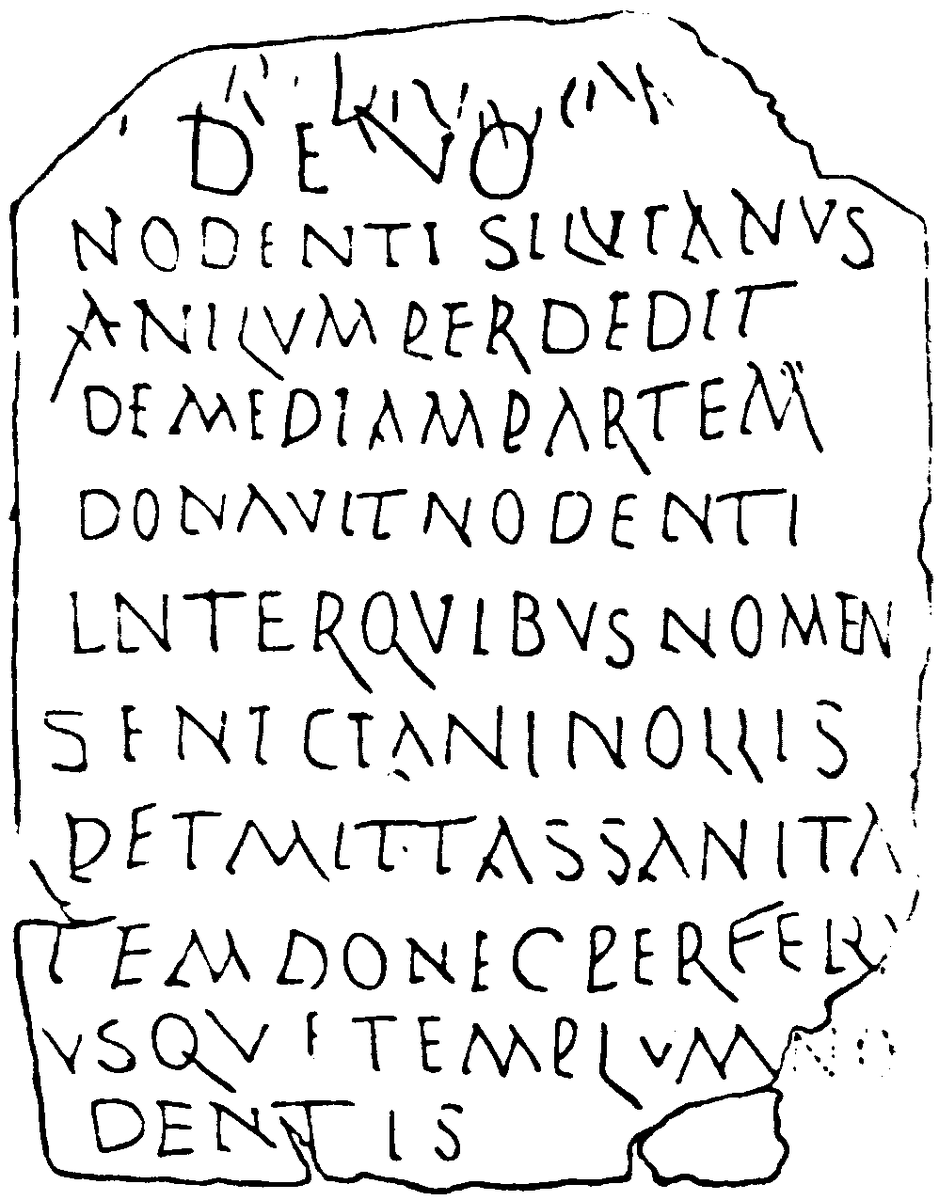
4) Silvianus deposited the curse tablet and donated at the temple half the value of his lost ring, in the hope that the gods would "permit no good health to Senicianus." In 1929 the archaeologist Mortimer Wheeler would make a connection between this curse and the gold ring... 

5) Wheeler consulted a certain young J.R.R. Tolkien, Professor of Anglo-Saxon at Oxford University, to work on the etymology of the curious deity Nodens and explore the possible connections with the enigmatic Roman gold ring... 
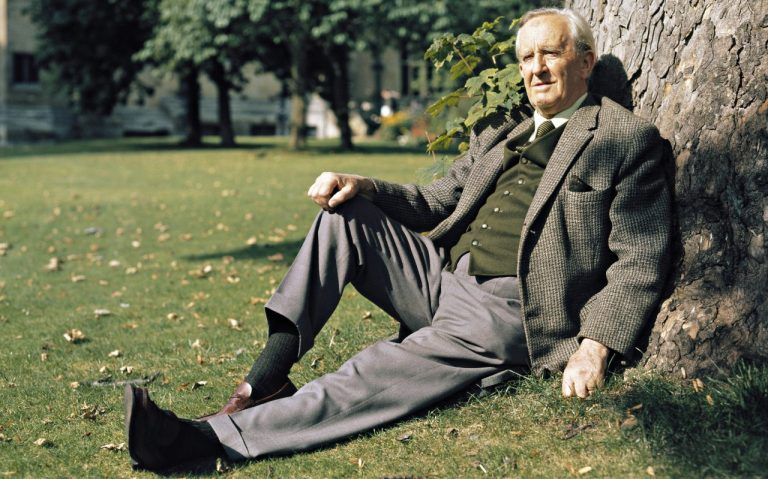
6) Soon afterwards Tolkien would begin creating his legendarium of Middle-earth with both “The Hobbit” and “The Lord of the Rings” revolving around the magical, golden and often-stolen One Ring that grants the wearer invisibility. Had Tolkien been inspired by the Silvianus ring? 

7) We might fancifully conclude then that in the mid 4th century AD, Silvianus - a late-Roman man still clinging on to the old pagan gods, had his beloved Venus ring stolen from him by a Christian that he knew named Senicianus. The pious thief then rededicated the pagan ring... 

8) ...with his own ironic inscription, saying he "lives in God". The bitter Silvianus then travelled to an ancient pagan temple to deposit a curse on the Christian thief. We know the ring was subsequently lost but are left to imagine if fate ever caught up with Senicianus... 

9) Two millienia later, both the ring and the curse on its thief are both discovered 80 miles apart. Wheeler and Tolkien, titans in their fields, analyse the mysterious artefacts and just maybe, the gold ring goes on to inspire one of the greatest works of fantasy literature. END 

For those interested in seeing these ancient artefacts...
The Silvianus Ring is displayed at @TheVyneNT, Hampshire. The curse tablet is displayed at Lydney Park Estate, Gloucestershire lydneyparkestate.co.uk/lydney-park-ga…
👍
The Silvianus Ring is displayed at @TheVyneNT, Hampshire. The curse tablet is displayed at Lydney Park Estate, Gloucestershire lydneyparkestate.co.uk/lydney-park-ga…
👍
• • •
Missing some Tweet in this thread? You can try to
force a refresh









